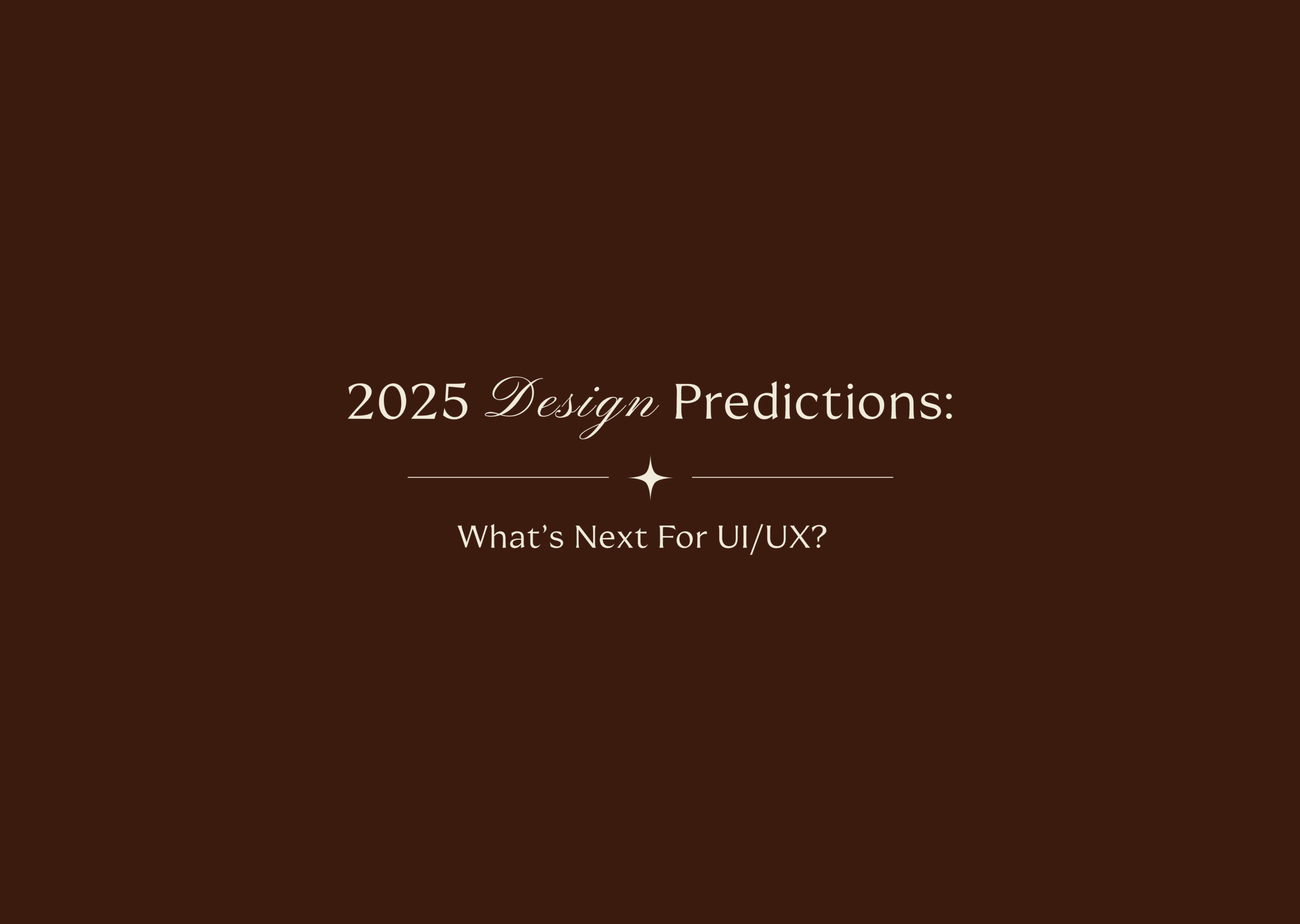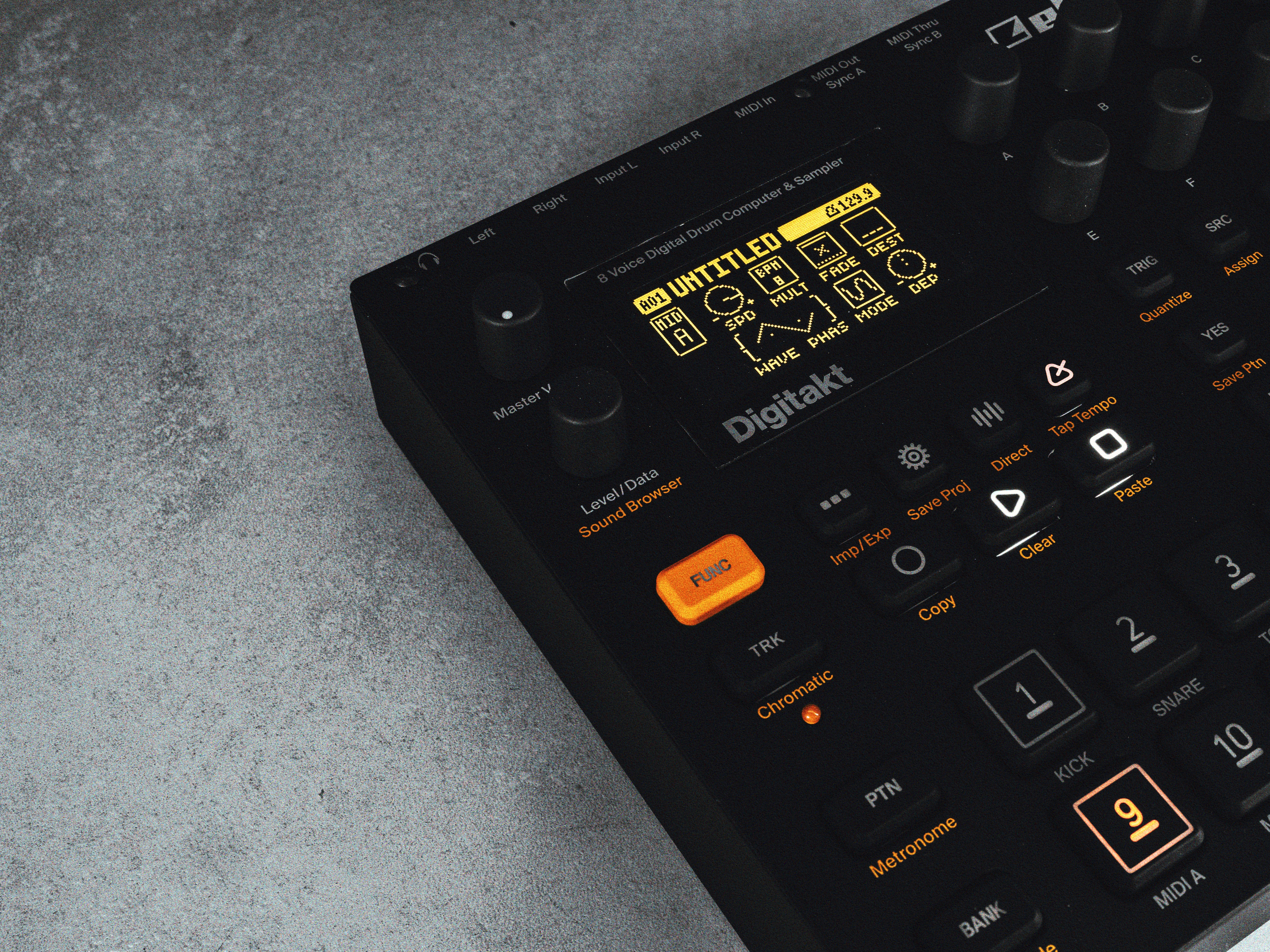2025 Design Predictions: What’s Next for UI/UX?
january 12, 2025
ROHAN ROY
12 min
“Great design isn’t just about making technology work—it’s about making it work for people.”
Imagine this: It’s 2025, and you’re using an app to plan your dream vacation. As you open it, the interface lights up with breathtaking AR visuals of your destination. A soothing voice assistant offers suggestions tailored to your travel preferences. You swipe effortlessly, making choices through gestures as the app adapts to your style in real-time. Everything feels intuitive, seamless, and, most importantly, designed just for you.
table of contents
- 1. AI-Driven Design for Personalization
- 2. Voice User Interfaces (VUIs)
- 3. Immersive AR and VR Experiences
- 4. The Rise of Micro-Interactions
- 5. Sustainable and Ethical Design
- 6. Minimalism with a Twist
- 7. Mobile-First Design Goes Beyond
- 8. Inclusive and Accessible Design
- 9. Advanced Prototyping and Collaboration
- 10. Gamification for Engagement
- Conclusion
1. AI-Driven Design for Personalization
Artificial Intelligence continues to be a game-changer in UI/UX design. In 2025, AI tools will enable hyper-personalized user experiences by analyzing user data and behavior patterns. Designers can leverage AI to create adaptive interfaces that change dynamically based on user preferences, offering a seamless and tailored experience.
💡 Tip for Designers: Explore tools like ChatGPT plugins or MidJourney for AI-driven design workflows, and consider integrating AI-based user flows into your projects.
2. Voice User Interfaces (VUIs)
With the rise of smart assistants like Alexa and Google Assistant, voice-first interactions are becoming a critical aspect of UX. 2025 will see more apps and devices adopting VUIs to make interactions hands-free and intuitive.
💡 What to Focus On: Simplify voice commands, design for natural language processing, and create seamless transitions between voice and visual interfaces.
3. Immersive AR and VR Experiences
Augmented Reality (AR) and Virtual Reality (VR) are no longer confined to gaming. Retail, education, and healthcare sectors are embracing AR/VR to create immersive experiences. In 2025, UI/UX designers will need to think beyond 2D screens to craft interfaces for 3D environments.
💡 Tools to Explore: Experiment with tools like Unity and Unreal Engine to design interactive AR/VR experiences.
4. The Rise of Micro-Interactions
Micro-interactions—small, subtle animations or responses to user actions—will gain even more importance in 2025. These tiny details enhance usability and create delightful user experiences. For example, a button that subtly morphs when clicked or a progress bar with playful animations.
💡 Best Practices: Keep animations smooth and purposeful, ensuring they align with the brand’s tone and function.
5. Sustainable and Ethical Design
As awareness of environmental and ethical issues grows, UI/UX design is taking a more sustainable approach. In 2025, “green design” principles will encourage designers to create energy-efficient websites and apps. Ethical design will also prioritize user privacy and data protection.
💡 How to Implement: Optimize designs for minimal data and energy consumption. Use dark mode not just for aesthetics but also for power saving.
6. Minimalism with a Twist
While minimalism remains a staple, 2025 will introduce “expressive minimalism.” This involves using bold typography, vibrant gradients, and unconventional layouts while maintaining a clean and uncluttered design.
💡 Inspiration: Look at trends like glassmorphism or neumorphism to add depth and texture while keeping designs modern.
7. Mobile-First Design Goes Beyond
With mobile devices driving over half of global web traffic, mobile-first design remains essential. However, 2025 will take this further with an emphasis on gesture-based navigation, foldable devices, and wearables.
💡 Focus Areas: Design for smaller screens and think beyond traditional devices like tablets and phones. Consider interfaces for smartwatches and foldable displays.
8. Inclusive and Accessible Design
Accessibility is no longer optional; it’s a necessity. In 2025, inclusive design will go beyond compliance, focusing on creating delightful experiences for users with diverse needs, including those with visual, auditory, or cognitive impairments.
💡 Key Takeaway: Use tools like Stark to check contrast ratios and design with screen readers in mind.
9. Advanced Prototyping and Collaboration
With the rise of remote work, collaborative design tools like Figma will continue to lead. Prototyping will become more advanced, enabling real-time testing and iteration.
💡 What to Expect: Prototypes will increasingly blur the line between design and development, allowing faster delivery of interactive, near-final products.
10. Gamification for Engagement
Gamification elements—leaderboards, achievements, and interactive challenges—are being integrated into apps across industries. In 2025, this trend will drive user engagement, particularly in education, fitness, and productivity apps.
💡 Ideas to Explore: Incorporate reward systems, progress trackers, or playful animations to keep users motivated.
Conclusion
The future of UI/UX design in 2025 is all about creating intuitive, engaging, and ethical experiences while embracing new technologies. Designers who stay ahead of these trends will not only meet user expectations but exceed them.
Whether you’re designing for AR/VR, enhancing accessibility, or embracing AI, the key to success lies in balancing innovation with a user-first approach. Ready to design the future?





